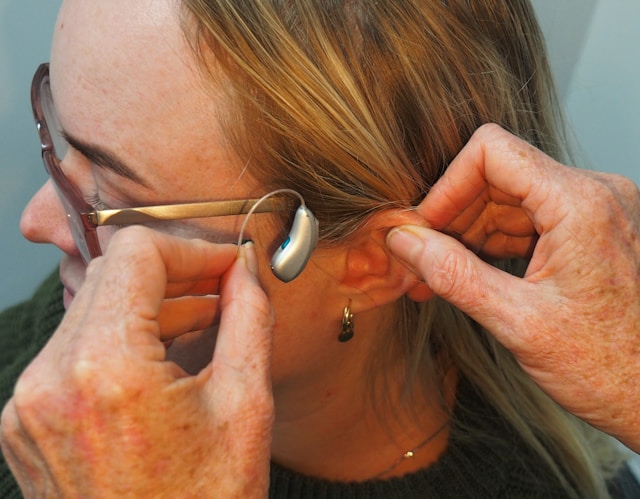In recent years, advancements in hearing aid technology have brought about a remarkable transformation in the lives of individuals with hearing impairments. One significant innovation is the development of rechargeable hearing aids. These devices offer convenience and sustainability by eliminating the need for frequent battery replacements.
However, selecting the rechargeable hearing aid involves considering a range of factors to ensure optimal performance and a seamless integration into one’s daily life. In this article, we will delve into the essential aspects that individuals should take into account when choosing rechargeable hearing aids.
Battery Life And Charging Efficiency
The primary advantage of rechargeable hearing aids is the extended battery life they offer. When comparing different models, it is essential to consider the battery life on a single charge. Some devices can last up to 24 hours, ensuring uninterrupted usage throughout the day.
Additionally, the efficiency of the charging process is crucial. Quick-charging options can provide several hours of usage with just a short charging period, making them ideal for those with busy lifestyles.
Charging Options
Rechargeable hearing aids come with various charging options, such as charging docks, USB cables, or portable charging cases. Choosing a model that aligns with one’s routine and preferences is vital.
Charging docks can act as a convenient overnight charging station, while USB cables offer flexibility for those who travel frequently. Portable charging cases are particularly beneficial, as they allow users to recharge their hearing aids on the go, providing an added layer of convenience.
Compatibility With Accessories
Modern rechargeable hearing aids often come with wireless connectivity features, enabling seamless integration with smartphones, televisions, and other devices.
Before making a decision, it’s essential to confirm that the chosen hearing aids are compatible with the accessories and devices you frequently use. This compatibility enhances user experience by enabling direct streaming of audio and control adjustments through a mobile app.
Comfort And Fit
Comfort and fit are paramount when selecting any hearing aid. Since hearing aids are worn for extended periods, they need to fit snugly and comfortably in the ear.
Many manufacturers offer various sizes and styles to cater to different preferences. Some models even utilize 3D-printing technology to create custom-fit hearing aids that conform perfectly to the wearer’s ear anatomy, ensuring both comfort and optimal sound delivery.
Sound Quality And Personalization
The primary function of a hearing aid is to enhance the wearer’s ability to hear sounds clearly. Different models offer varying degrees of sound quality and customization. Look for hearing aids with advanced features such as noise reduction, directionality, and feedback cancellation. Some models also employ machine learning algorithms to adapt to the user’s listening preferences and environments, providing a personalized and natural listening experience.
Maintenance And Durability
Rechargeable hearing aids, like any electronic device, require proper maintenance to ensure longevity. Water and moisture resistance are critical factors, as they can impact the device’s functionality. Some hearing aids are equipped with specialized coatings to repel moisture and protect the internal components. Additionally, easy-to-clean designs and durable materials contribute to the overall lifespan of the device.
Cost And Insurance Coverage
Cost is often a significant consideration when choosing hearing aids. Rechargeable models tend to have a higher upfront cost due to their advanced technology and extended battery life. However, it’s essential to evaluate the long-term benefits and potential savings on battery replacements. Additionally, some insurance plans or hearing care providers may offer coverage or discounts for hearing aids, making it worthwhile to explore available options.
User Reviews And Professional Recommendations
Researching user reviews and seeking recommendations from hearing care professionals can provide valuable insights into the performance and reliability of different rechargeable hearing aid models. Real-world experiences shared by other users can offer a more comprehensive understanding of the pros and cons of specific devices, aiding in the decision-making process.
Conclusion
The advent of rechargeable hearing aids has undoubtedly transformed the landscape of hearing assistance technology. These devices offer a convenient and sustainable solution for individuals with hearing impairments.
Selecting the best rechargeable hearing aid involves considering factors such as battery life, charging options, compatibility with accessories, comfort, sound quality, maintenance, cost, and user reviews.
By taking these aspects into account, individuals can make an informed decision that aligns with their needs, preferences, and lifestyle, ultimately enhancing their overall quality of life through improved hearing.
